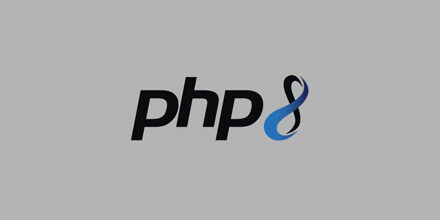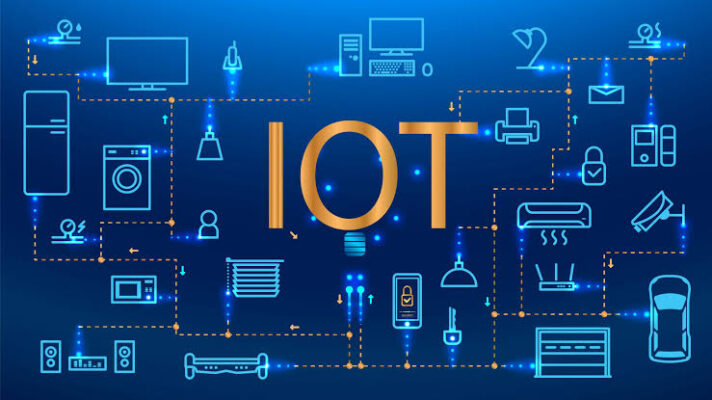
Create your Independence day wishes with your most favorite music on ENV Creations.
Three simple steps to follow 🇵🇾
Please do share with your friends and family
Thanks for joining this occasion and Happy Independence Day 😊

Laravel v9 will be the next LTS version of Laravel, it was scheduled to released around September of this year, but the Laravel Team decided to push this release back to January of 2022:
Laravel uses a variety of community-driven packages as well as nine Symfony components for a number of features within the framework. Symfony 6.0 is due for release in November. For that reason, we are choosing to delay the Laravel 9.0 release until January 2022.
By delaying the release, we can upgrade our underlying Symfony components to Symfony 6.0 without being forced to wait until September 2022 to perform this upgrade. In addition, this better positions us for future releases as our yearly releases will always take place two months after Symfony’s releases.
This will also push future major releases back as well, and here is the schedule going forward:
- Laravel 9: January 2022
- Laravel 10: January 2023
- Laravel 11: January 2024
The major change in laravel 9 is PHP 8 is the minimum version.
Since Laravel 9 will require Symfony 6.0 and it has a minimum requirement of PHP 8 that means Laravel 9 will carry this same restriction.

PHP 8.0 is a major update of the PHP language. It contains many new features and optimizations including named arguments, union types, attributes, constructor property promotion, match expression, nullsafe operator, JIT, and improvements in the type system, error handling, and consistency.
JIT (Just in Time Compiler)
The most acclaimed feature coming with PHP 8 is the Just-in-time (JIT) compiler. PHP 8 introduces two JIT compilation engines. Tracing JIT, the most promising of the two, shows about 3 times better performance on synthetic benchmarks and 1.5–2 times improvement on some specific long-running applications. Typical application performance is on par with PHP 7.4.

Prime Minister Narendra Modi will launch a new digital payment solution called e-RUPI.
Banks will issue electronic vouchers for customers to redeem welfare benefits without having to share bank account details.
The e-voucher solution has the potential to eliminate fraud and corruption.
The Prime Minister of India, Narendra Modi will be launching ‘e-RUPI’, an electronic voucher-based digital payment solution at 4:30 p.m IST on Monday.
According to a statement from the Prime Minister’s Office, e-RUPI is a cashless and contactless digital payment e-voucher in the form of a QR code or SMS string delivered to the beneficiary’s mobile phone.
The e-voucher can be redeemed at the service provider without needing a card, digital payment app or internet banking service.
The e-RUPI is a one-time payment mechanism that does not require any physical interface for transactions and is considered safe as it’s prepaid in nature.
It ensures that the payment to the service provider is made only after the transaction is completed without involving any intermediary.

The rapidly digitally developing country India, is at the cusp of a digital revolution which will be powered by IoT as it creates a network of billions of people around the world through the internet. It is being supported by the Increasing Internet penetration along with the increasing intervention of the government to create a digitally developed country.
IoT, which stands for Internet of Things, is a network of physical objects which communicates and interacts with their internal states or external environment through embedded internet. This makes all the IoT devices around us easy to control and enable automation through the internet.
IoT is emerging as one of the fastest-growing tech fields in India and with its widespread following the digital revolution. It is already catapulting various industries and India is at the cusp of transforming and hybridizing jobs as per the future’s demand. Therefore, IoT is triggering the next big digital revolution and paving the way for it through automation.

The concept of private networks has been there for quite some time. Private networks are usually preferred by businesses and various types of private organisations to protect the data and information that they store and handle.
Compared to public networks, setting up a private network is a bit more complex as it involves implementing security measures and access restrictions. For instance, while setting up a private network, the number of devices that can connect to the network has to be taken into account, web servers have to be made extra secure to avoid cyber attacks and secure hardware and firewall applications have to be installed to ensure high-level security.
A private network must be able to provide continuous connectivity, where people and things can securely connect, communicate and perform business functions. It is important for a private network to possess better security mechanisms and intelligent policy enforcement. Finally, a private network must offer quality service apart from security and connectivity.

The first half of 2021 saw an array of major developments in the IoT market, from news about IoT devices and IoT platform updates to the launch of new edge computing products. Among the vendors making a splash in IoT were Microsoft, AWS, Cisco and Aruba, which each unveiled new or updated products in the edge and IoT space during the first half of the year. IoT security was another big focus, with three acquisitions of IoT security firms and a sizable funding round for IoT security rising star Armis. And speaking of IoT security, the hack of connected security cameras made by Verkada was among the other major IoT news items from the initial months of 2021. Finally, Intel announced a partnership with an up-and-coming chip designer that has implications for the company’s battle with Nvidia and Arm, as those two companies prepare to merge as soon as next March.

Internet of Things = “Sensors and actuators embedded in physical objects are linked through wired and wireless networks, often using the same Internet Protocol (IP) that connects the Internet.“
The Internet of Things (IoT) refers to a system of interrelated, internet-connected objects that are able to collect and transfer data over a wireless network without human intervention.
The personal or business possibilities are endless. A ‘thing’ can refer to a connected medical device, a biochip transponder (think livestock), a solar panel, a connected automobile with sensors that alert the driver to a myriad of possible issues (fuel, tire pressure, needed maintenance, and more) or any object, outfitted with sensors, that has the ability to gather and transfer data over a network.
Today, businesses are motivated by IoT and the prospects of increasing revenue, reducing operating costs, and improving efficiencies. Businesses also are driven by a need for regulatory compliance. Regardless of the reasons, IoT device deployments provide the data and insights necessary to streamline workflows, visualize usage patterns, automate processes, meet compliance requirements, and compete more effectively in a changing business environment.

Japan Transfers 319 Terabits Per Second, Setting Internet Speed Record
A combination of rare earth minerals, a new kind of fiber optic cable, and a fancy laser system pushed data to speeds never before seen.
Fastest Internet Speed Record: Japan Uses New Fiber Broadband Cable to Hit 319 Tbps








